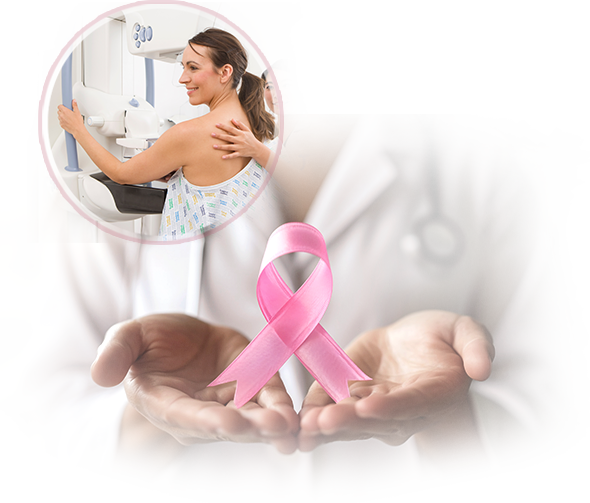
Breast Self-Examination – Early Detection Starts With You
Why Self-Examination Matters
Most breast cancers are discovered by women themselves
Learning how your breasts normally look and feel helps you notice any unusual changes early.
A monthly Breast Self-Examination is a simple, effective habit that can lead to early diagnosis and life-saving treatment.
When to Do It
Women aged 20 and above perform BSE once every month.
The best time is 7–10 days after your menstrual period ends, when breasts are least tender or swollen.
For post-menopausal women, choose a fixed date each month (e.g., the 1st of every month).
How to Perform a Breast Self-Examination
Step 1: Look in the Mirror
Stand straight with shoulders back and arms on your hips.
Observe both breasts for any visible changes — in size, shape, or symmetry.
Look for dimpling, puckering, redness, or nipple inversion.
Step 2: Raise Your Arms
Lift your arms above your head and look for the same changes.
Check if there’s any fluid, discharge, or scaling near the nipple.
Step 3: Feel Your Breasts (Standing or Sitting)
Use the pads of your three middle fingers — not the tips.
Move in small circular motions, covering the entire breast — from collarbone to under the breast, and from armpit to sternum.
Apply light, medium, and firm pressure to feel both surface and deeper tissue.
A good time to do this is in the shower, when skin is slippery and movement is easier.
Step 4: Feel While Lying Down
Lie on your back with one arm behind your head.
Place a small pillow under your shoulder.
Use the opposite hand to examine the breast on that side.
Repeat the same process for the other side.
What to Watch For
A new lump or thickened area in the breast or underarm.
Pain or tenderness in a specific spot.
Changes in skin texture — dimples, puckers, or redness.
Nipple discharge, especially if blood-stained.
Change in shape, size, or contour of the breast.
If you notice any of these changes — don’t panic, but don’t ignore them either.
Schedule a check-up with your oncologist
